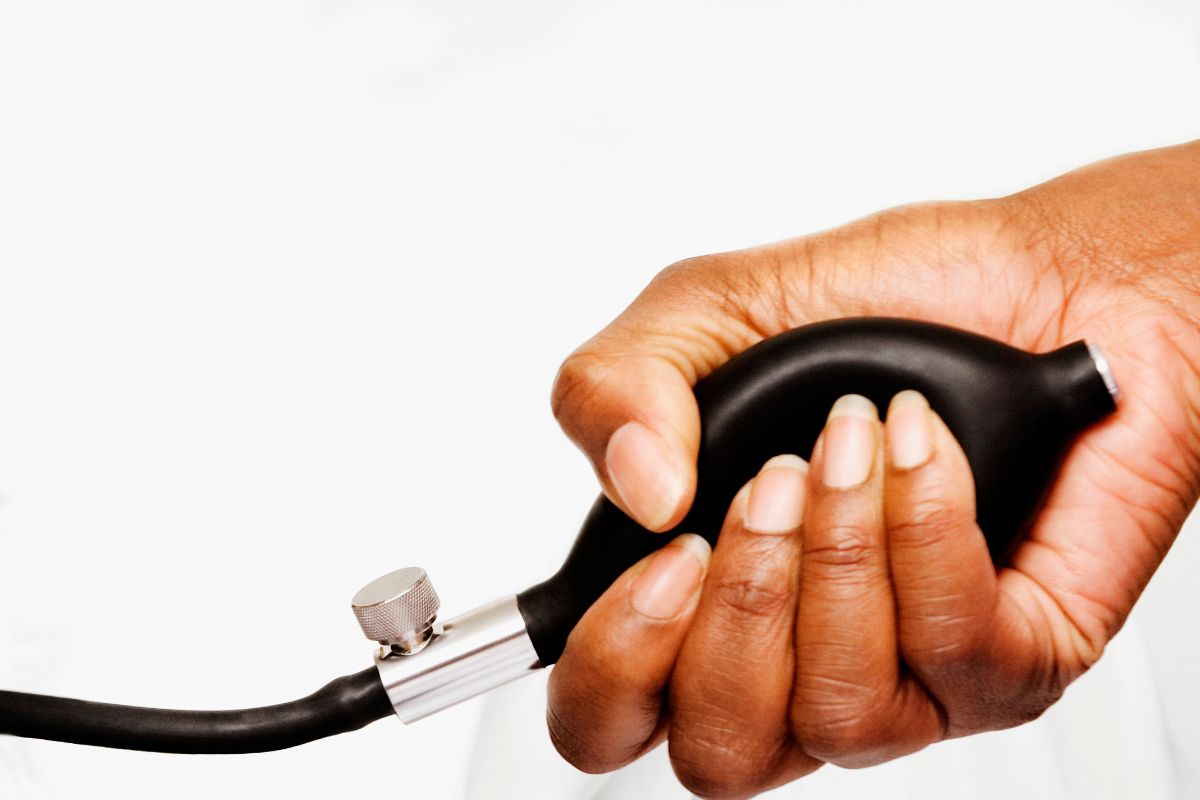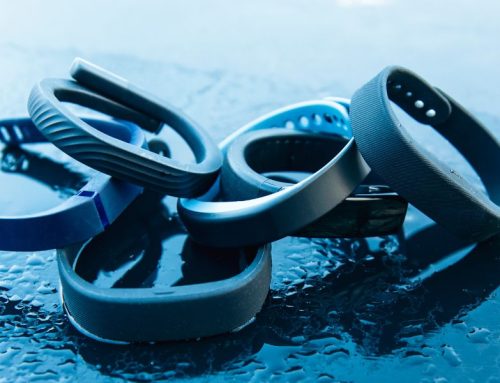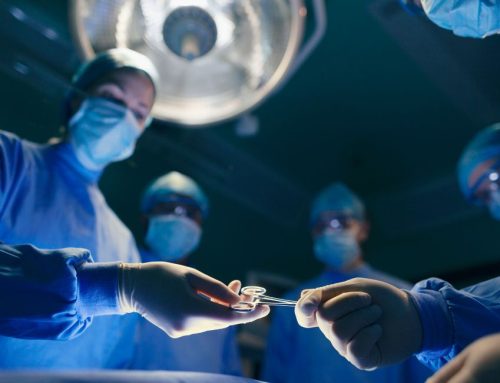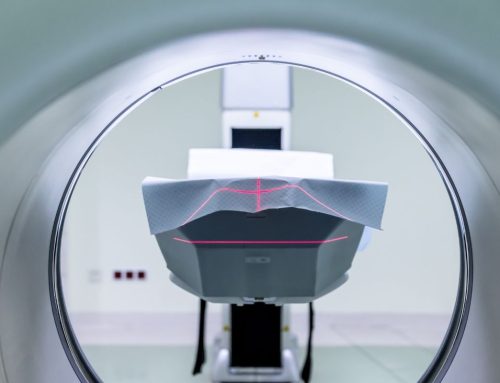The U.S. medical device manufacturing market was valued at USD 176.7 billion in 2020 and is anticipated to achieve a compound annual growth rate (CAGR) of 5.0% by 2028. The rise in chronic diseases and the increasing geriatric population are key market drivers. This dynamic industry includes growth in consumable medical devices and patient aids, and rotational molding in medical device manufacturing plays a vital role in supplying high-quality products to the industry.
What is Rotational Molding?
Rotational molding, also known as rotomolding, is a plastic shaping technology used to make hollow articles. Unlike most other plastic processes, rotomolding uses no pressure to create the designs. The process delivers high-quality finishes with uniform wall thickness and superb stability. Products require a mold, powder or resin materials, and a molding machine.
The mold is mounted onto a mechanical arm and filled with the material. The arm rotates the mold and distributes the material evenly and consistently, transporting the mold between stations for loading, heating, cooling, and unloading. A single rotational mold can produce multiple-wall and multiple-layer products.
Rotational Molding in Medical Equipment Manufacturing
Rotational molding delivers unique designs and custom medical devices. There are multiple kinds of medical equipment that require hollow plastic components, and rotational molding is a safe and reliable method of manufacturing these items. The process makes it possible to include additional components directly into the mold, such as inserts and spin weld attachments.
Support objects such as backboards or spine boards are produced using rotational molding in the medical device manufacturing process. These boards are then foam-filled to create thermal insulation and build a robust, lightweight, and inexpensive board.
Smaller parts for more complex medical devices can also be rotationally molded. These include surgical equipment components, disabled and therapeutic aids, and containers for dialysis machines.
Rotational Molding for Medical Consumables
Rotomolding is also used to manufacture medical consumables such as gloves, syringes, masks, PPE kits, infrared thermometers, pulse oximeters, and testing kits. Hollow products such as squeeze bulbs for medical equipment, massage balls, spas, and foot baths can all be made using this method. Companies offering rotomolding also produce consumables such as anatomical reproductions for medical training and cabinets for storing medical equipment.
Benefits of Rotomolding
This plastics engineering process offers multiple benefits for the custom medical device industry.
1. Greater Cost Efficiency
Compared to blow molding and injection molding, the molds used in rotomolding cost less and take a shorter time to create. Because operating pressure is low, the molds can be made from more affordable materials, and secondary tooling is usually unnecessary. These factors make it a practical way to test new ideas and designs for medical products, as it is cost-effective and can produce small numbers of items.
2. Wider Material Selection
Rotational molding supports the use of a wide range of materials. Depending on the plastic selected, a finished medical device can be either rigid or flexible.
3. Larger Size Range
Rotomolding supports manufacturing plastic parts and products in a wide range of sizes, including larger items such as spine or back boards.
4. More Shape Options
Design options can be limited with processes such as blow molding or injection molding. Rotational molding for medical device manufacturing supports the more intricate designs needed for the components of medical devices.
5. Comprehensive Color Palette
Rotomolding uses a high-intensity blending process that enables manufacturers to add or change colors quickly. In longer production runs, that’s used with rotomolding makes it easy to modify the colors used for color-coding purposes. For longer runs, customers can choose compounded materials that are already colored.
6. Broader Texture Assortment
Slip-resistant textured surfaces can be molded directly into the plastic part during the rotomolding process, eliminating secondary processing and saving both time and money.
7. Better Branding Opportunity
The rotomolding process supports the inclusion of graphic designs, enabling customers to incorporate their logo, label, or important instructions into custom medical devices. This offers a valuable alternative to traditional stickers, which don’t always adhere well to plastics.
8. Real Rigidity and Insulation
Polyurethane foam can be inserted into rotomolded parts to create additional rigidity for products such as spine boards and medical cabinets, and provide insulation against heat or cold.
9. Useful Uniformity
Finally, rotational molding enables manufacturers to create products with walls of uniform thickness. Many other plastics manufacturing processes result in uneven thinning, which can compromise the quality of the products.
Rotational molding in medical equipment manufacturing offers an affordable solution, a wide range of options, and the quality and stability needed by the healthcare industry to ensure patient safety. The process is ideally suited to the production of all hollow plastic medical items.
For more information on rotational molding in medical device manufacturing, please contact us at 810.376.2085.



